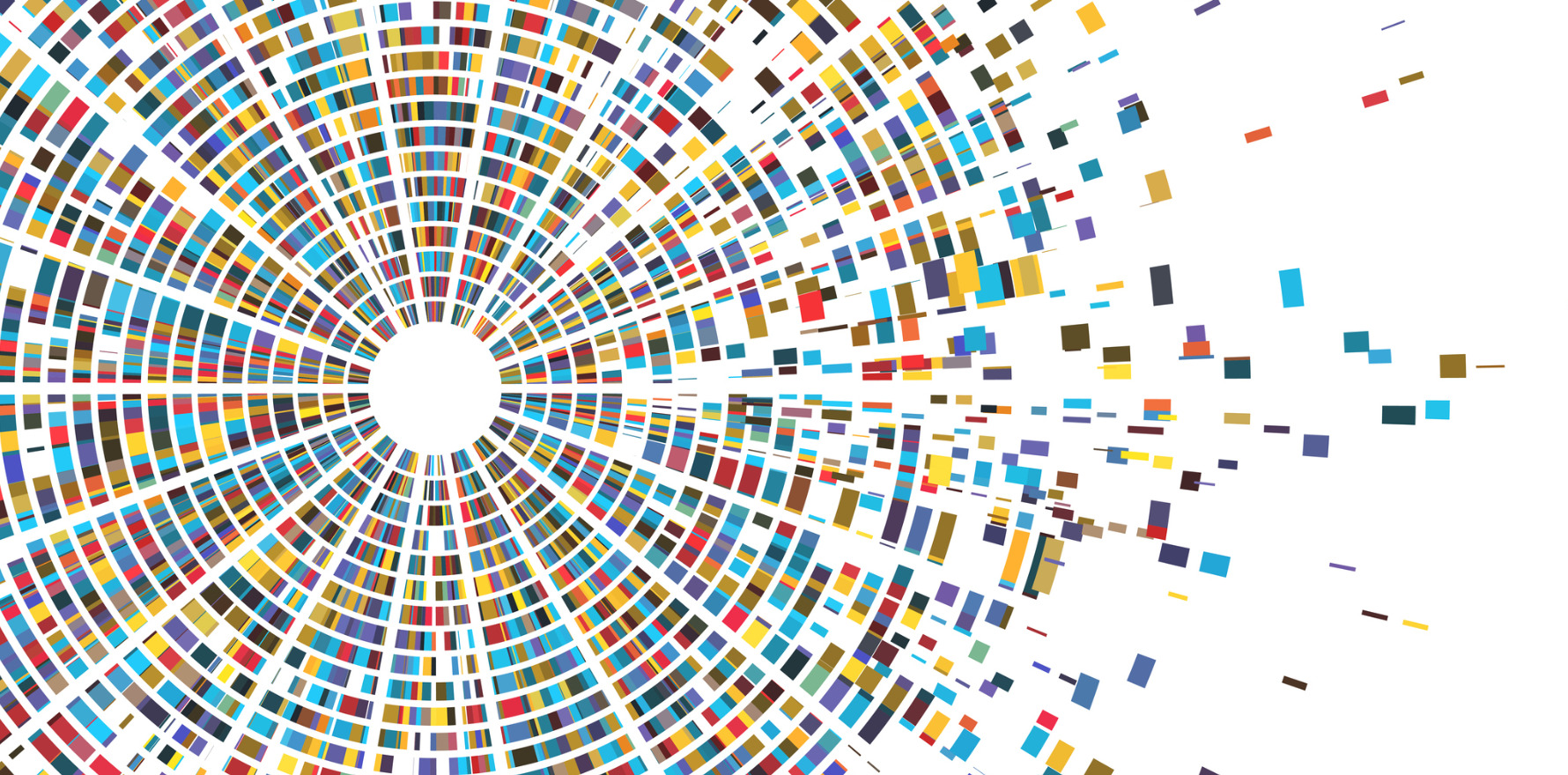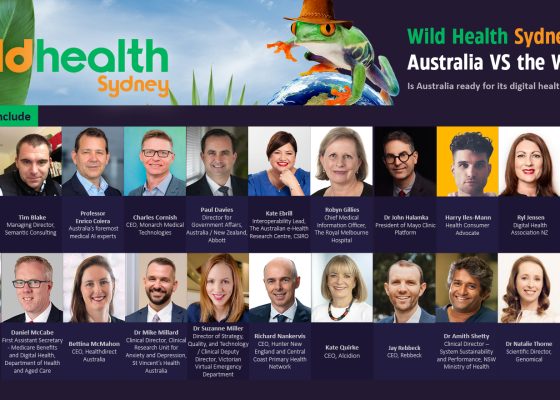Australia lacks “sovereign capability” to reuse our genome data while countries like Estonia keep scoring goals.
If ever there was sector that highlights Australia’s continued interoperability challenges it is genomics.
Compared with countries like Estonia, which established a state-led genome project 23 years ago, Australia is barely in the race.
It was another 16 years before Australian Genomics was established as a national research collaboration in 2016.
There have been other small hops forward since then. The Department of Health and Aged Care recently declared a new national body, to be called Genomics Australia, would be established as a quasi-government agency to advise on all things DNA and accelerate the integration of genomic health technology into Australia.
That’s following a 2021 Genomics Health Futures Mission roadmap that helps guide the previous government’s commitment of $500 million for the funding of genomics research.
Dr Natalie Thorne (PhD), scientific director of Genomical, says the funding has enabled “some pretty amazing research projects” and has built Australia’s research genomics capability.
However, the underlying infrastructure to roll out research findings at scale is immature, with Dr Thorne saying there is “a huge gap” in genomics maturity between Australia and countries like Estonia.
According to Dr Thorne one of the missing pieces of the puzzle is that Australia has not put national emphasis on the translation and implementation aspects of the sector.
“What we’ve done is a lot of projects that have said why genomics is good and how we can do it, but we don’t have the digital health infrastructure to actually translate that and adopt that in a whole-country approach,” she told HSD.
Dr Thorne says Australia hasn’t been focusing on the digital health aspects of genomics at the same pace as the research has been happening.
Genome testing of Australian patients is frequently processed in overseas laboratories. Apart from the end results, all the actual genome data becomes the property of the foreign lab.
“We don’t currently have the digital health systems that connect that data back to us. We don’t have that sort of traceability of where the data is gone,” says Dr Thorne.
“We lack clear policies around whether data from tests sent overseas need to be repatriated, or at least connected, into the Australian system.”
This absence of policy and digital health infrastructure, for genome data management, stops consumers from being easily connected to clinical trials and drugs, or to research that might lead to new treatments, Dr Thorne said.
“What we are missing out on is building that sovereign capability to access and reuse that genomic data for research that ultimately benefits those consumers.
“Most of the genomic results are sent [back to Australia] in a PDF format. They are often not even stored here in an electronic health record, like My Health Record,” she said.
Even if results are stored in an electronic health record, they’re not searchable or queriable because of the PDF format, Dr Thorne said.
However, the problem goes beyond Australia’s inability to reuse data stored overseas, she says. Many Australian genomic testing labs are not yet scalable and are also effectively storing all their data in silos.
“They’re not interoperable with other healthcare systems and they’re not connected up with each other,” Dr Thorne said.
This is where Genomical comes in to manage the data side of genome testing in Australia. The SaaS (Software as a Service) model plugs the gap between small practice management systems in pathology labs, and larger hospital electronic medical records (EMR). Despite their size, EMRs cannot handle the stupendous amounts of data produced at scale from genome testing.
Dr Thorne said Genomical could be a key foundation piece for scaling up the Australian genomics ecosystem. It can accept orders from an external EMR and can send an atomic (queriable) report back to an EMR. It also allows labs to request and access data from each other for clinical care. Importantly, it allows Australian genome labs to scale up and keep Australian patient’s genome data onshore for potential reuse or research.
Dr Thorne said it’s important that the data is not just locked away in a repository database.
“Everyone [labotatories] needs to control the data that they produce from an accreditation point of view. Genomical works a bit like a shared platform but with separate federated governance.”
Dr Thorne is speaking at the upcoming Wild Health Summit on 11 September, alongside Estonian health leader Dr Dr Priit Tohver.
Dr Tohver leads quality services at Estonia’s largest healthcare provider, North Estonia Medical Centre, which serves half the nation’s population. He said that Estonia’s digital health maturity was a platform for significant population health benefits.
Dr Tohver said, in an interview with Dr Bertlan Mesko, that a priority of the Estonian healthcare system was creating an ecosystem where genetic data-based, personalised and preventive solutions are at the center.
He said that Estonia’s personalised medicine project has ongoing since 2002, supported by the foundation of the Estonian Genome Center. Dr Tohver acknowledged that it is going to take years to fully reap the benefits.The future for Estonia is quite possibly one where a resident’s genetic profile is embedded in their digital health record such that individual risk scores and pharmacological information is at hand for personalised clinical consultations. The potential for preventative health, both individual and population-level, is also significant.
Dr Tohver will be sharing how all of this innovation is improving the lives of the citizens of Estonia at the Wild Health Sydney Summit on 11 September.
Dr Thorne will join Dr Tohver on the panel discussing Estonia versus Australia, along with Kate Ebrill, the interoperability lead at the Australian e-Health Research Centre, and Ryl Jensen, who wrote two papers on Estonia in 2020.
To find out more about and to register go to ‘Australia vs the world’ digital health summit.
Do you have a story tip for us, or a topic you would like to see us cover? Contact the editor at editor@healthservicesdaily.com.au.
Updated 30 August 6:23pm: added “digital health” in front of “infrastructure” and “systems” within text.




